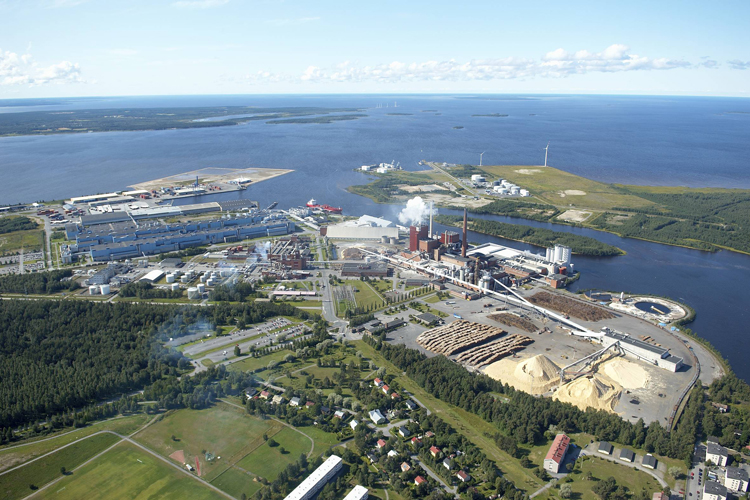Redacción Alabrent
“The conversion of Oulu Mill will enable Stora Enso to further improve its position in the growing packaging business and take a major step forward in its transformation. We have proven competence in running large conversion projects successfully, as we have already converted one paper machine at Varkaus Mill to produce kraftliner,” says Stora Enso’s CEO Karl-Henrik Sundström.The typical end uses for kraftliner are in packaging segments that require high strength, quality and purity, such as food, fruit and vegetables as well as heavy duty packaging. Production will target global export markets.
“Economic growth, sustainability and food safety are key market drivers in the packaging business. This conversion will allow us to provide customers with an innovative kraftliner product with high-performance qualities in terms of strength, printability and food safety,” says Gilles van Nieuwenhuyzen, EVP, Stora Enso’s Packaging Solutions division.
To transform Stora Enso further from declining and low EBITDA business to growing higher profitability business, the Group will invest approximately EUR 350 million in the conversion during 2019–2022. This will increase the Group’s earlier estimated capital expenditure for 2019 from EUR 540–590 million to EUR 610–660 million. The market dynamics of woodfree coated paper have deteriorated further, and therefore Stora Enso must accelerate its transformation by increasing capital expenditure from the earlier estimate. Following the conversion, Oulu Mill’s EBITDA margin is expected to improve by 15–20 percentage points, once the kraftliner machine is running at full capacity approximately four years after start-up. At full capacity, the investment is expected to meet the Packaging Solutions division’s profitability target, operational return on operating capital (ROOC) of 20%.
The investment will include a new world-class line for virgin-fibre based kraftliner (both brown and white-top) with an annual capacity of 450 000 tonnes, the modification of the pulp mill and drying machine for unbleached brown pulp, as well as investments to enhance the mill’s environmental performance. The project will start with ground work in the summer of 2019, and about 200 contractors will work at the Oulu Mill site during the project.
The converted Oulu Mill will directly employ approximately 180 people. Wood consumption at the mill will increase by 0.5 million m3 to 2.4 million m3 annually. Wood will be purchased mainly from private forest owners in Northern Finland.
As an outcome of the co-determination process started on 25 March 2019, 365 people will be permanently laid off. The initial estimate on the maximum number of employee reductions was 400 people. The redundancies will mainly take place by the end of year 2020, when Oulu Mill will cease to produce woodfree coated papers. Stora Enso will provide support to the people who will not continue working at the Oulu Mill after the conversion. At maximum 20% of the redundancies can be managed through pension arrangements.
“We will be working closely together with other Stora Enso locations, the city of Oulu and other stakeholders to support in re-employment for those employees who will not have a position in the new organisation. Our support will include outplacement services as well as individual and group trainings for re-employment. We will also offer financial support for employees starting up their own companies,” says Kati ter Horst, EVP, Stora Enso’s Paper division.
Stora Enso will book a cost of EUR 31 million as an item affecting comparability (IAC) relating to layoffs, restructuring expenses, asset write-downs and impairment reversals, of which EUR 7 million will be recognised in the second quarter of 2019 and EUR 24 million in the following five quarters. The restructuring related costs will have a cash impact of approximately EUR 19 million when paper production at the mill ends.
Oulu Mill’s current capacity is 1 080 000 tonnes of woodfree coated papers annually. Typical end-uses for woodfree coated papers are e.g. high-quality advertising and magazines. Paper production is expected to continue until the end of September 2020.



